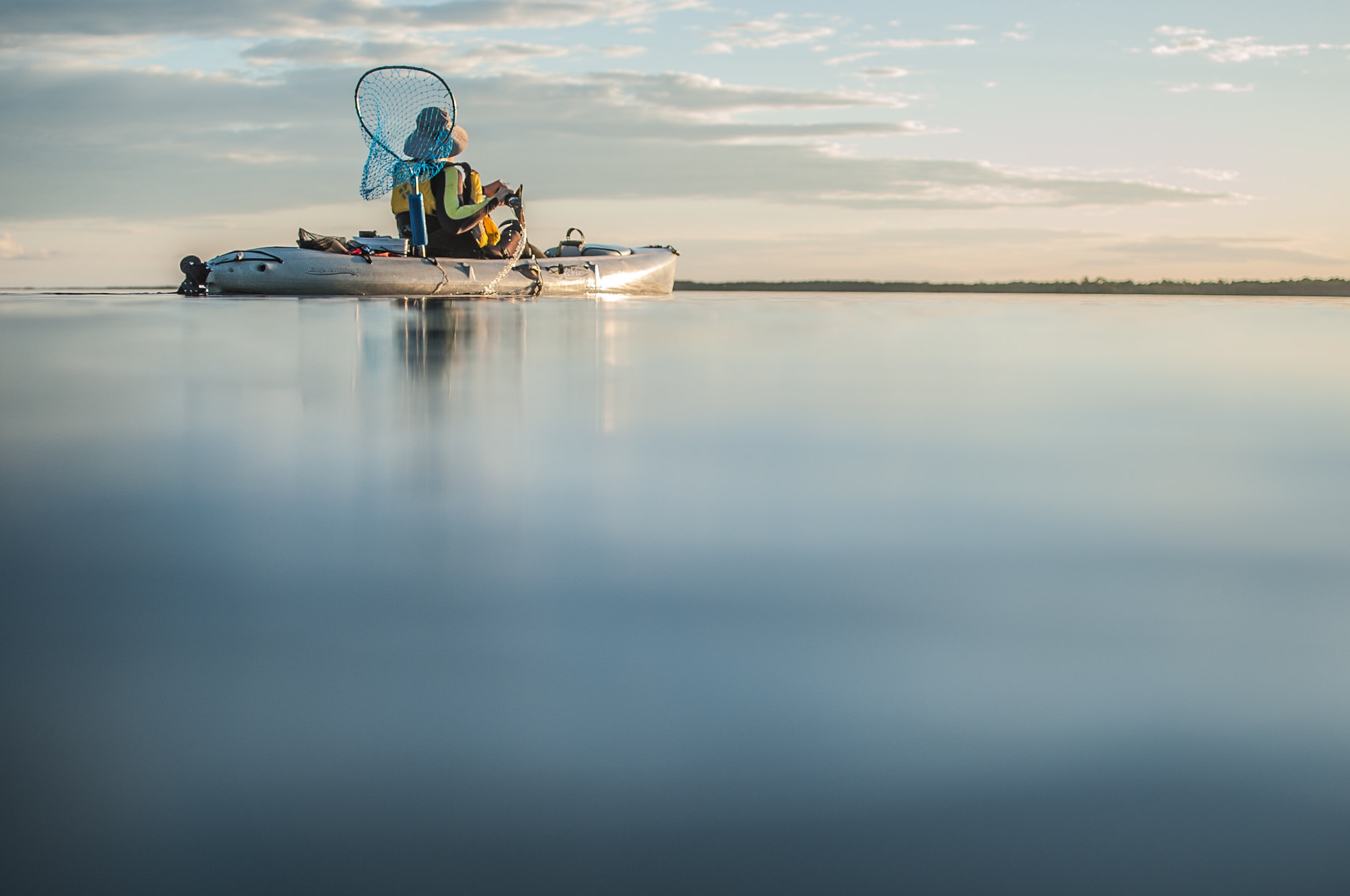This is a sponsored post written by me on behalf of Gulf County Florida for IZEA. All opinions are 100% mine.
Visiting or living in the Southeast and wondering if there’s outdoor recreation around you? There is! Last year, we outlined an outdoor adventure itinerary for Gulf County, Florida, filled with biking trails, hiking, and kayaking. I had truly no idea there was so much in the way of wilderness in this state.

What makes Gulf County different than much of Florida is its access to waterways of all sorts. You’re actually never more than 15 minutes away from water, whether that be the Gulf of Mexico, the saltwater St. Joseph Bay, Indian Pass Lagoon, the Gulf County Canal, the Intracoastal Waterway, the Apalachicola Bay and river basin, and the freshwater of the Dead Lakes and Chipola River. Florida is about more than theme parks and beach days! And perhaps best of all, this year, Pit Stops for Kids readers have the chance to win a $50 AMEX card just for commenting on their favorite option during a Gulf County vacation! Read on to learn more!
Planning an adventure in Gulf County:
After looking through our suggestions from last year, the next step in planning your own Gulf County adventure in the ‘wilds’ of Florida is by reading through the Gulf County Adventure Guide. Here are our top new suggestions to complement your itinerary:
Explore a lake:
The 4,000 natural acres of Lake Wimico is only accessible by boat the Intracoastal, which to west coasters like myself, is an adventure in itself. Fishing is prime at Lake Winico, but there are other attractions as well, including a houseboat village to check out, and wildlife to spot, including, of course, alligators. You’re actually just a few miles from the Gulf of Mexico. Gulf County has its own adventure guides families can hire, such as Captain Phil Cox, who is part of the new concierge program. He offers eco-tours for those who are not avid fishermen and women.
Want to fish instead? Head to Indian Pass Lagoon with Adventure Guide Captain Carle. Amazingly (to me), you can even see shark in these shallow waters by the gulf.

Watch sea turtles:
Last year, we talked about horseback riding at Cape San Blas, but this area is also well known as a sea turtle habitat. In fact, they’re the highest density-nesting beach in North Florida. The naturalists at the cape invite people to watch their nest evaluations at night, where families have to chance to watch live hatchlings crawl out. Check their Facebook page for nesting information and a timeline this year. In fact, St. John Peninsula has its very own ‘turtle patrol’, which scientists and volunteers constantly monitoring the progress of the babies. Visitors are invited to go on their morning turtle walks in addition to watching the nests. Cool!
Kayak in a ‘dead’ lake:
Kayaking around the South Flats of Gulf County is like visiting another planet. The Dead Lakes get their name from the Cypress and Tupelo trees that stand in the water; when the water is low, the stumps are visible. Add a huge variety of birds and other critters, plus a misty fog off the water, and you have yourself an alien planet! When we finally make it to Gulf County, I’d love to explore this environment with Off The Map Expeditions.
Check out any of these activities using the Adventure Guide linked above, or make it easy on yourself and use the Gulf County Concierge Program. Don’t limit yourself only to summer, because Gulf County shines in fall through spring! While you’re planning, enter Gulf County’s Never Have I Ever Contest!
Now time to enter the sweepstakes for an $50 AMEX card! Which of the adventures in the Adventure Guide would you or your family enjoy taking part in? Why? Answer in the comments for a chance to win!
The fine print: NO PURCHASE NECESSARY. A PURCHASE OR PAYMENT OF ANY KIND WILL NOT INCREASE YOUR CHANCES OF WINNING. VOID WHERE PROHIBITED. One winner, chosen at random from all eligible entries received, will receive a $50 AmEx gift card, and will be announced on or about 10 days after end of entry period. Entrants may enter within 21 days of this post going live. Must be a resident of one of the 48 contiguous United States (excl. PR, HI, AK) the age of majority in his or her jurisdiction at time of entry. Odds of winning depend on number of eligible entries received. Sweepstakes is sponsored by Gulf County.
SaveSaveSaveSave







 Shopping, Dining, and Lodging at the Arbor Day Farm:
Shopping, Dining, and Lodging at the Arbor Day Farm:





































